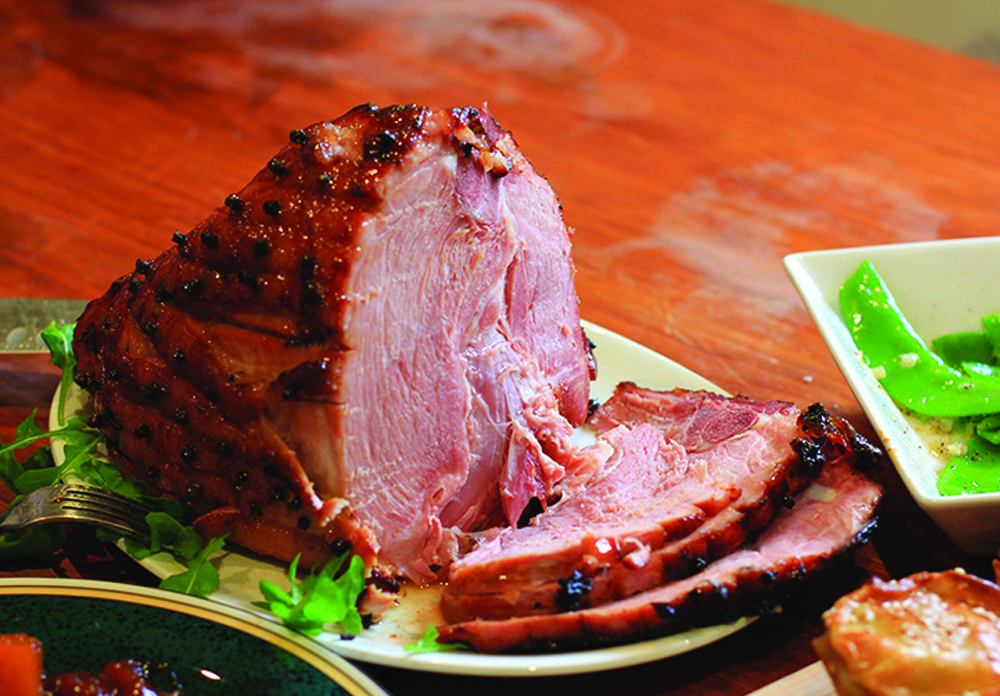Pork sales have historically been strong in the fourth quarter, and this year should be no different, according to Patrick Fleming, director of market intelligence and innovation at the National Pork Board.
In 2015, U.S. pork sales totaled $3.6 billion, Fleming said during a Pork Checkoff conference last week, citing Nielsen Perishables Group data.
One factor is increasing ham sales around Thanksgiving. Last year, ham sales were up 10.3% during the holiday, which made Thanksgiving the second largest ham holiday after Christmas.
“We actually sold so many hams last year during Thanksgiving we had to pull some of the Christmas hams forward,” said Fleming.
Some retailers have been offering a free turkey with the purchase of a ham for the holidays, Fleming noted.
“It’s a nice way of bundling, it’s a nice way of driving dollar ring for retailers, and also providing a really good value for consumers during the holiday period,” he said.
Another trend is hams now come in a variety of sizes.
“So whether you’re having four people over for a Tuesday night dinner or whether you’re having 12 people over for a holiday feast, there’s the right size ham to meet all of the needs,” said Fleming.
Pork roasts are also a holiday favorite, and roast volume increased 13% in the fourth quarter of 2015. This year, the average retail price for pork is down 7.9%, which should entice consumers.
On the other hand, pork prices still have not come down to the levels seen before recent troubles like PEDv and high feed prices, said Len Steiner, president of Manchester, N.H.-based Steiner Consulting Group.
The average retail price of pork in October 2016 was $3.74 per pound, which was 5.8% lower than 2015 but 8% higher than five years ago. At the same time, pork cutout values, an indicator of pork wholesale prices, dropped 16.5% in October compared to a year ago and was 26% lower than five years ago.
“Retailers have learned over the years that consumers do not make abrupt changes to their eating patterns. If they were to lower prices say by 15% or 20% it is unlikely the consumers will immediately increase their consumption greatly, but retail revenue would suffer. Rather, retailers initially focus on special holiday promotions and then over time lower their overall base price for the various items they sell in the meat case,” said Steiner.
Article By: Supermarket News

